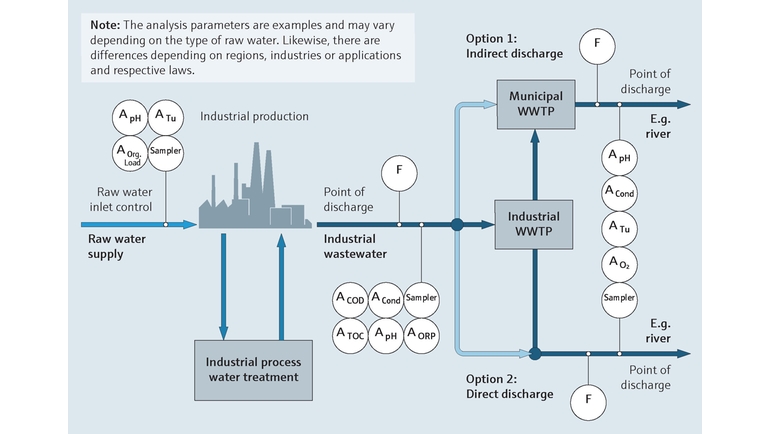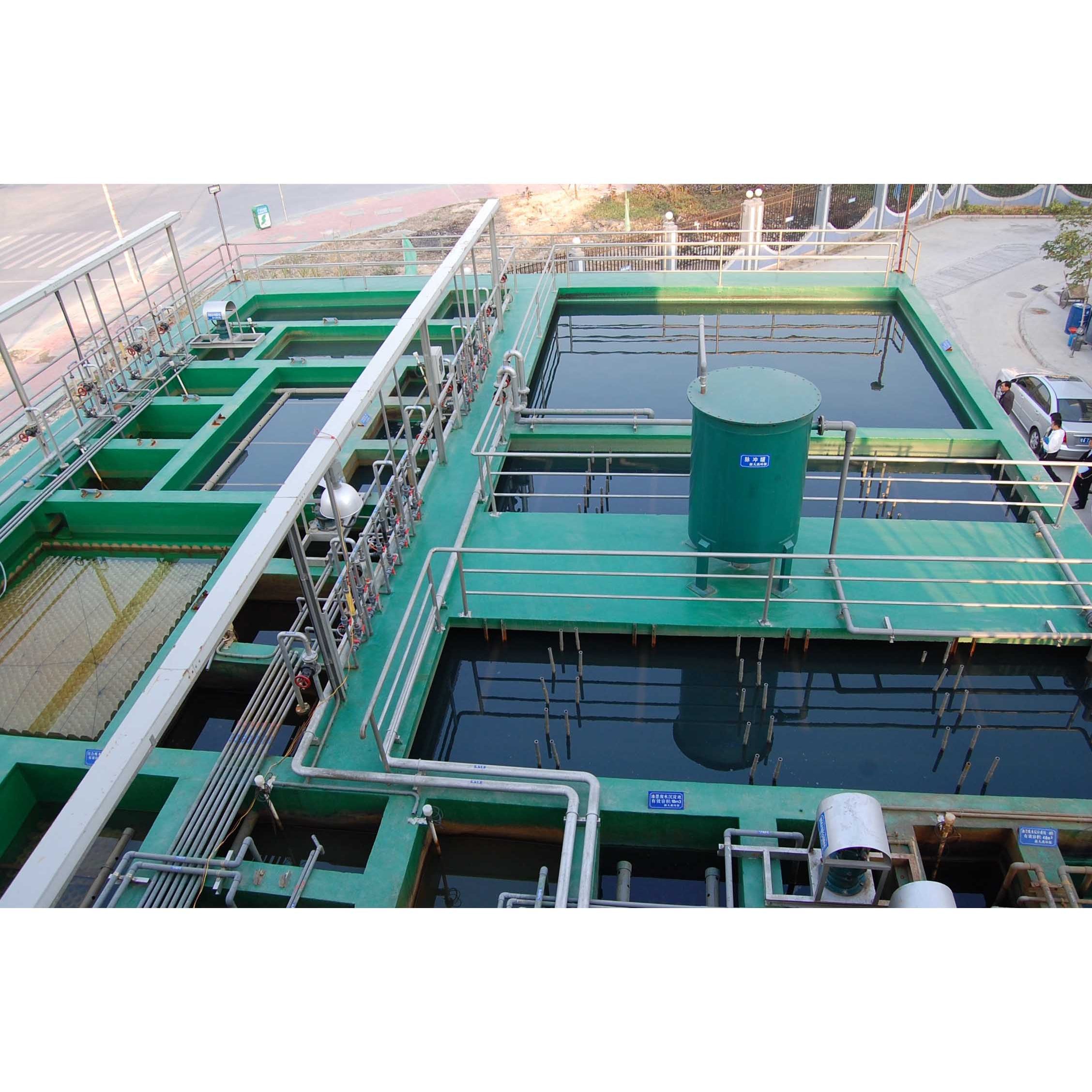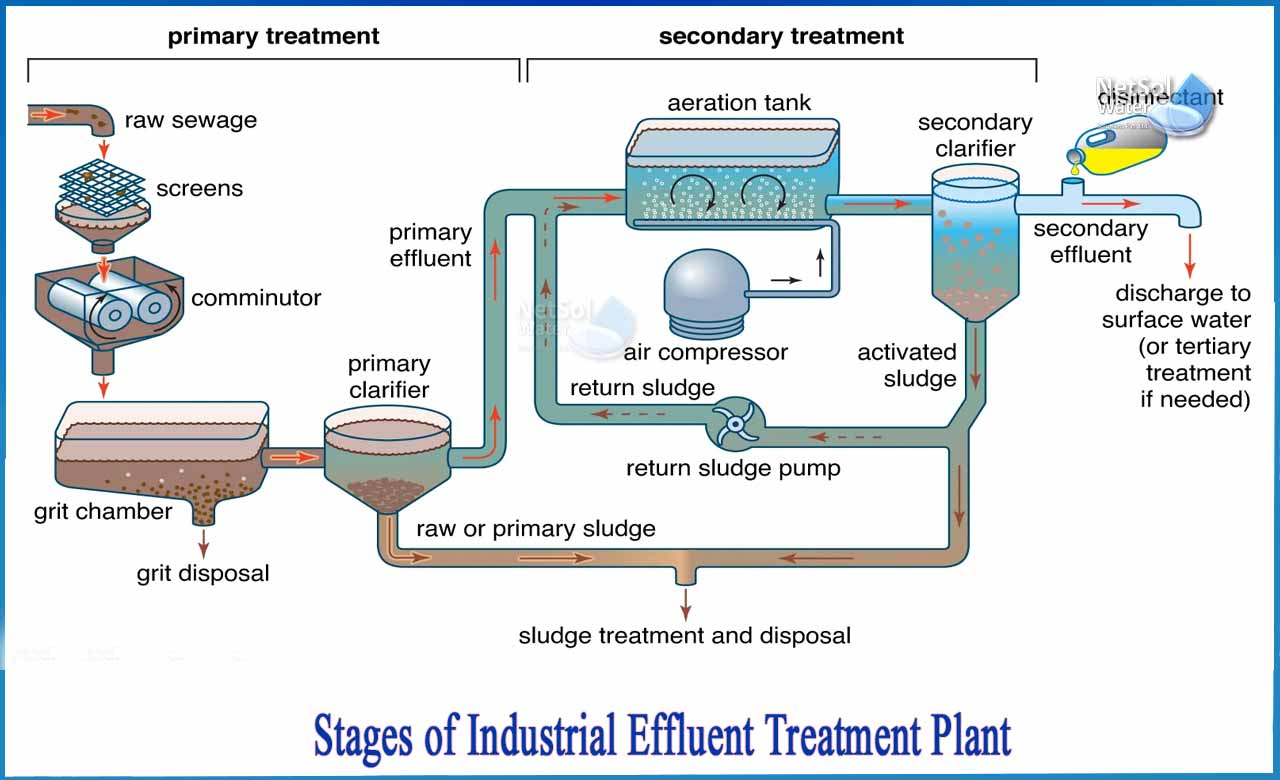Industrial Waste Water Treatment-- Eco-Friendly Solutions for Water Recycling
Industrial Waste Water Treatment-- Eco-Friendly Solutions for Water Recycling
Blog Article
Technologies and Breakthroughs in Industrial Waste Water Treatment Technologies
The landscape of industrial wastewater treatment is going through a transformative change, driven by technologies that enhance both efficiency and sustainability. Emerging modern technologies, such as membrane bioreactors and microbial gas cells, are redefining impurity removal processes while adding to power generation. Resource recovery approaches are obtaining traction, aligning with round economic situation principles. As regulatory criteria develop, the combination of AI and artificial intelligence into wastewater administration systems promises to enhance procedures and make sure conformity. Nonetheless, the full effects of these advancements raise essential concerns concerning their scalability and long-term influence on industry practices.
Introduction of Drainage Therapy Technologies
Wastewater therapy innovations encompass an array of techniques created to get rid of pollutants from commercial effluents before their launch into the setting. These technologies are vital for keeping environmental equilibrium and making certain conformity with environmental policies. The key classifications of wastewater therapy include physical, chemical, and biological approaches, each offering unique functions based upon the nature of the contaminants present.

Biological therapy techniques employ bacteria to deteriorate organic matter, making them especially effective for organic-rich effluents. Techniques like triggered sludge and biofilm activators harness the all-natural degradation abilities of germs, causing significant reductions in biochemical oxygen demand (BODY)
Advanced Purification Methods
Advanced purification methods represent an essential evolution in the world of industrial wastewater treatment, boosting the effectiveness of impurity removal processes. Industrial Waste Water Treatment. These techniques encompass a series of innovations, consisting of microfiltration, ultrafiltration, nanofiltration, and turn around osmosis, which supply consecutive barriers for numerous bit dimensions and chemical frameworks
Microfiltration and ultrafiltration use membrane layer systems to get rid of put on hold solids, germs, and bigger organic molecules, improving the high quality of effluent before additional therapy. Nanofiltration connects the void in between ultrafiltration and reverse osmosis, properly removing natural compounds and divalent ions, hence minimizing the lots on downstream processes.
Reverse osmosis offers the highest degree of filtration by allowing just water and little particles to pass with its semi-permeable membranes, making it ideal for recovering top notch water from commercial effluents. Current innovations in membrane layer innovation, including the advancement of even more durable and fouling-resistant products, have dramatically boosted functional effectiveness and decreased expenses.
Integrating these sophisticated purification techniques not only enhances the overall treatment process but also adds to sustainability efforts by making it possible for water reuse and source recovery in commercial settings. (Industrial Waste Water Treatment)
Organic Treatment Developments

Moreover, the advancement of crafted biological systems, such as membrane bioreactors (MBRs), incorporates organic therapy with advanced membrane layer filtration. This combination permits greater effluent quality More hints and lowered footprint, making it appropriate for space-constrained commercial facilities. Technologies in genetically crafted microorganisms have actually also emerged, boosting the biodegradation of specific pollutants, such as pharmaceuticals and hefty steels, that are traditionally challenging to remove.
In addition, the execution of bioaugmentation methods, where beneficial microorganisms are presented to enhance the existing biological therapy processes, has actually revealed promising lead to enhancing therapy efficiency. These technologies collectively represent a trend in the direction of more effective and lasting biological therapy methods that can adjust to the evolving complexities of commercial wastewater streams. As industries continue to prioritize environmental conformity, these biological developments will play a critical role in wastewater monitoring.

Source Recuperation Techniques
In commercial settings, the assimilation of source healing approaches has actually become progressively crucial for boosting sustainability and lessening waste. These methods concentrate on removing useful products and energy from wastewater streams, thereby transforming prospective pollutants right into recyclable sources.
One noticeable strategy is nutrient recuperation, where nitrogen and phosphorus, commonly present over in wastewater, are caught and transformed right into fertilizers. This not just minimizes ecological effects however additionally supplies a round economic climate option for farming applications. Additionally, innovations such as anaerobic digestion enable the conversion of natural waste into biogas, a renewable resource source that can balance out fossil gas usage in industrial procedures.
Moreover, progressed filtering and membrane layer modern technologies facilitate the healing of commercial by-products such as steels and salts. These recovered materials can be rehabilitated right into production procedures, lowering the need for virgin sources.
Future Patterns in Waste Water Monitoring
As industries increasingly prioritize sustainability, the future of wastewater monitoring is readied to undertake considerable transformations. Technical improvements, such as synthetic knowledge and artificial intelligence, will allow a lot more reliable monitoring and administration of wastewater systems. These technologies can predict upkeep demands, enhance therapy processes, and enhance decision-making, inevitably lowering functional expenses and ecological effect.
Moreover, the assimilation of circular economy concepts will play an essential role in wastewater administration. Industries are anticipated to change in the direction of systems that not just deal with wastewater yet likewise recuperate important resources, such as nutrients, water, and energy. This change will reduce waste and promote the reuse of materials, straightening with worldwide sustainability goals.
Emerging therapy strategies, such as membrane layer bioreactors and progressed oxidation processes, will further boost the performance of wastewater treatment, permitting greater top quality effluents ideal for reuse. In addition, regulative frameworks are likely to progress, emphasizing stricter standards for wastewater discharge and encouraging straight from the source industries to embrace innovative therapy remedies.
Final Thought
In verdict, the evolution of industrial wastewater therapy modern technologies demonstrates a significant change towards improved efficiency and sustainability (Industrial Waste Water Treatment). Innovations in innovative filtration strategies, organic treatments, and source recuperation techniques highlight the industry's dedication to ecological stewardship.
The visit this web-site landscape of industrial wastewater treatment is undergoing a transformative shift, driven by developments that boost both efficiency and sustainability.Wastewater therapy modern technologies encompass a range of approaches designed to remove contaminants from industrial effluents prior to their launch into the atmosphere.Taking advantage of the power of biological processes has actually led to considerable technologies in the treatment of industrial wastewater.In addition, the implementation of bioaugmentation methods, where beneficial germs are presented to boost the existing biological therapy processes, has shown appealing results in improving treatment performance. These technologies collectively symbolize a fad towards more efficient and sustainable organic treatment techniques that can adapt to the evolving complexities of industrial wastewater streams.
Report this page